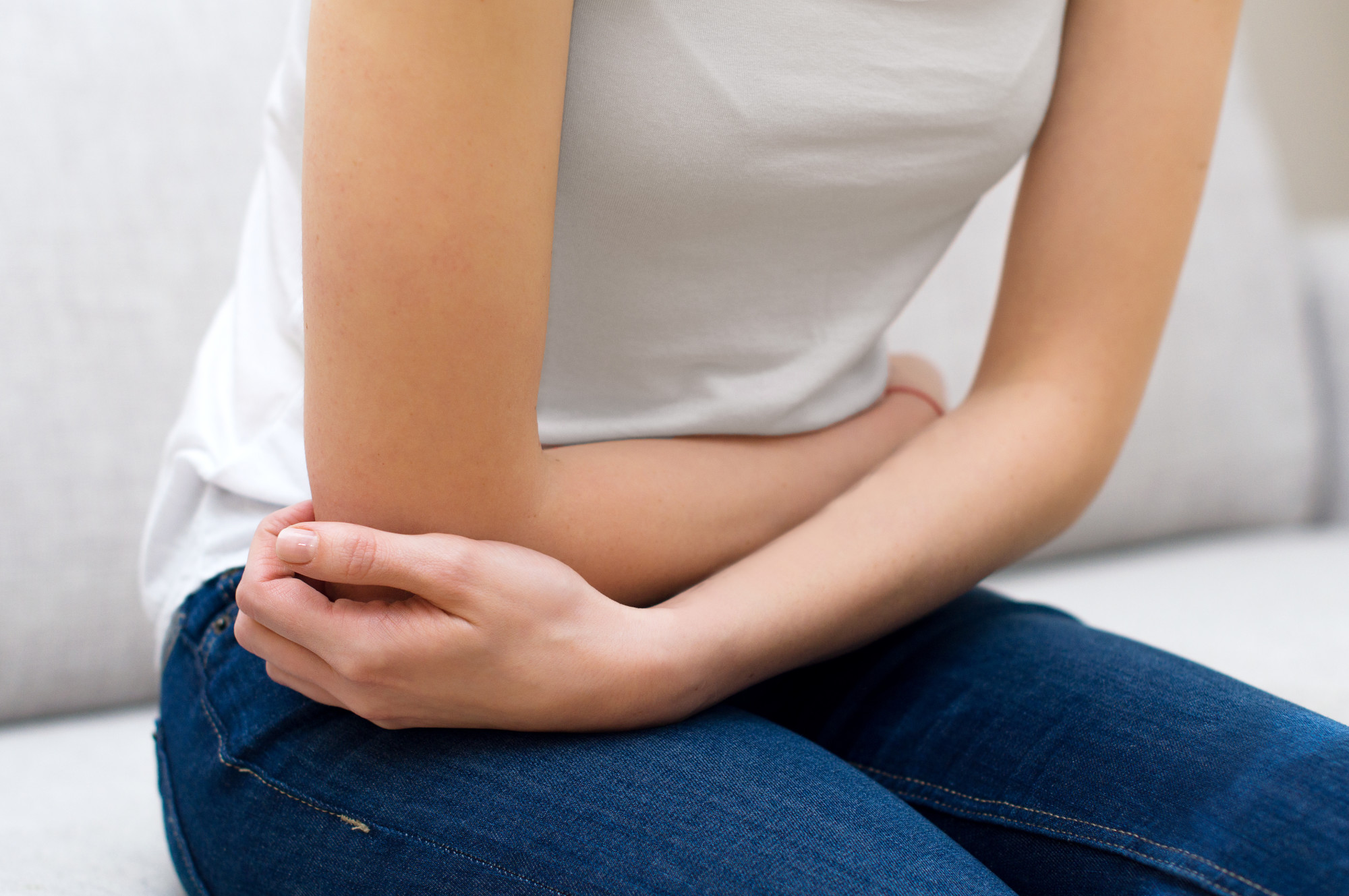
Exploring Non-Invasive Treatments for Urinary Incontinence
Urinary incontinence affects up to one-third of adults in the United States. Some common causes include overactive bladder muscles, weak bladder muscles, and nerve damage.
Pregnancy, childbirth, and menopause can also contribute to the condition in women.
While it’s not life-threatening per se, it can increase your risk of urinary tract infections. Not only that, but it can also lead to sleep loss, anxiety, and depression.
Fortunately, it can be cured or controlled.
What non-invasive treatments are available? Are there medications that can help? Find out the answers by reading the rest of the post!
Medications For Urinary Incontinence
There are various prescription medications that can help treat urinary incontinence, each of which works differently. Here are some of them:
Anticholinergic Drugs
Your gynecologist may prescribe anticholinergics if you have urge incontinence (loss of urine associated with a strong, sudden desire to urinate). They work by blocking the action of acetylcholine—a chemical messenger that’s responsible for triggering abnormal bladder contractions.
Alpha-Blockers
Alpha-blockers are effective for those with urge or overflow incontinence (involuntary release of urine due to a blockage or weak bladder muscles). By relaxing the bladder neck muscles, they’ll make it easier for you to empty your bladder. Not only that, but they’ll also relax the muscles around the prostate gland.
Topical Estrogen
Topical estrogen may benefit postmenopausal women with overactive bladders. Available as a vaginal ring, patch, or cream, they may help tone and rejuvenate tissues in the urethra areas.
Pelvic Floor Exercises
Pelvic floor muscle exercises, also known as Kegel exercises, can help strengthen the muscles under the bladder, bowel, and uterus (in women). They’re especially effective for stress incontinence (unintentional leakage when sneezing and coughing), however, they can also benefit those with urge incontinence.
Start by tightening the muscles that you would normally use to stop urinating. Hold for five seconds and then relax for five seconds. If that’s too difficult, try it for three seconds at a time. Be careful not to flex the muscles in your thighs, buttocks, or abdomen.
Aim for at least three sets of 10-15 repetitions a day.
Absorbent Pads and Garments
There are various products that you can try if medical treatments can’t eliminate your symptoms. For example, you can wear absorbent pads. Remove the paper lining covering the adhesive and place it on the bottom of your underwear.
Not only will they keep you dry, but they’ll also help reduce the odor of urine.
Men with incontinence can also use drip collectors. They’re small absorbent pouches, which are attached to the penis and held in place by your underwear.
Non-Invasive Treatments For Urinary Incontinence
There are various non-invasive treatments that can help those with urinary incontinence. For those who are experiencing symptoms, talk to your family doctor—they’ll be able to determine the best option for you.
If you found this post helpful, you’ll be happy to know that we have more guides like this in our wellness section. Check it out today!
